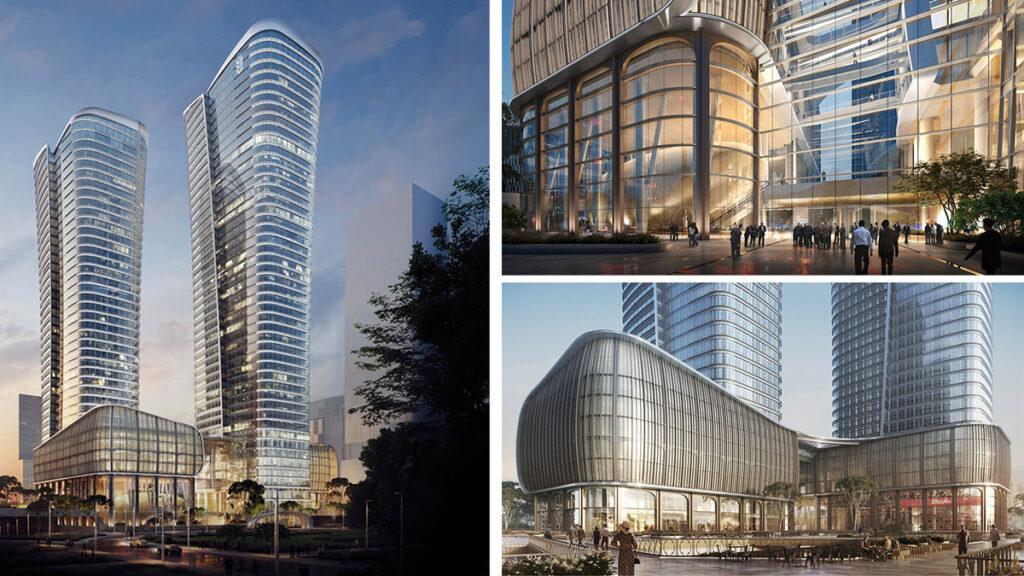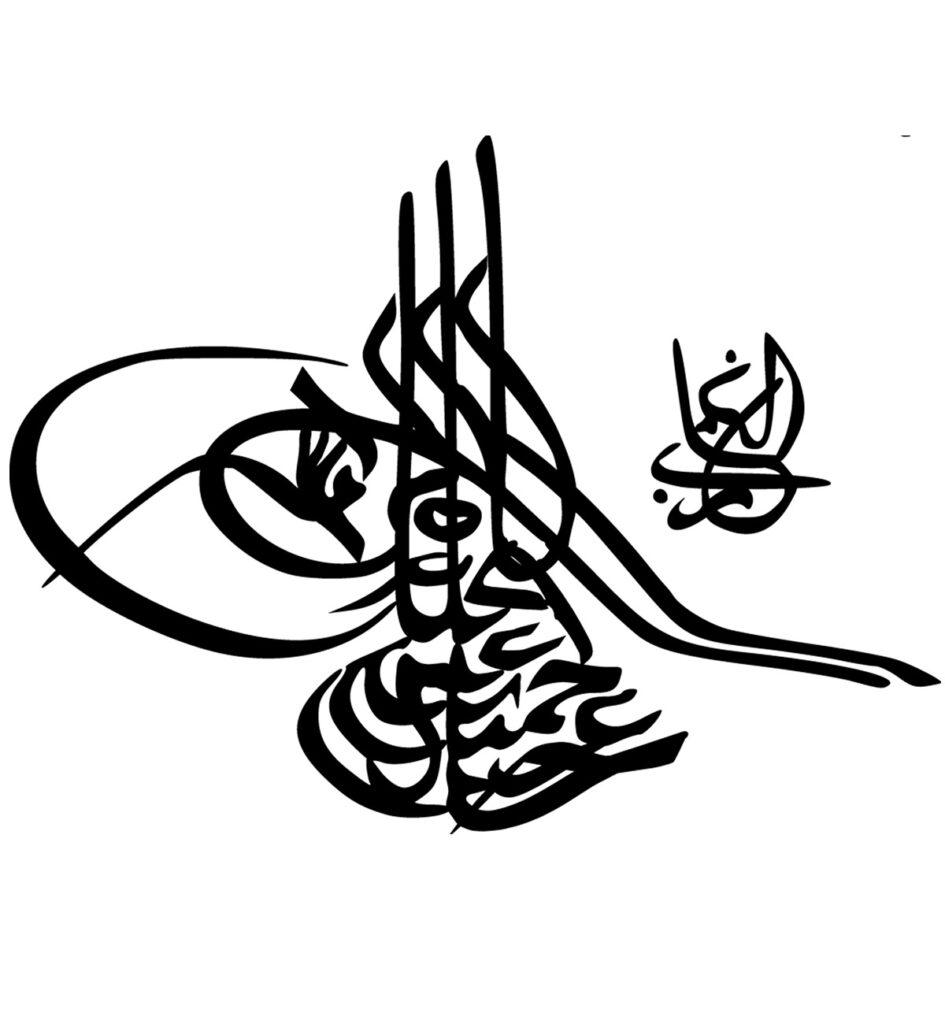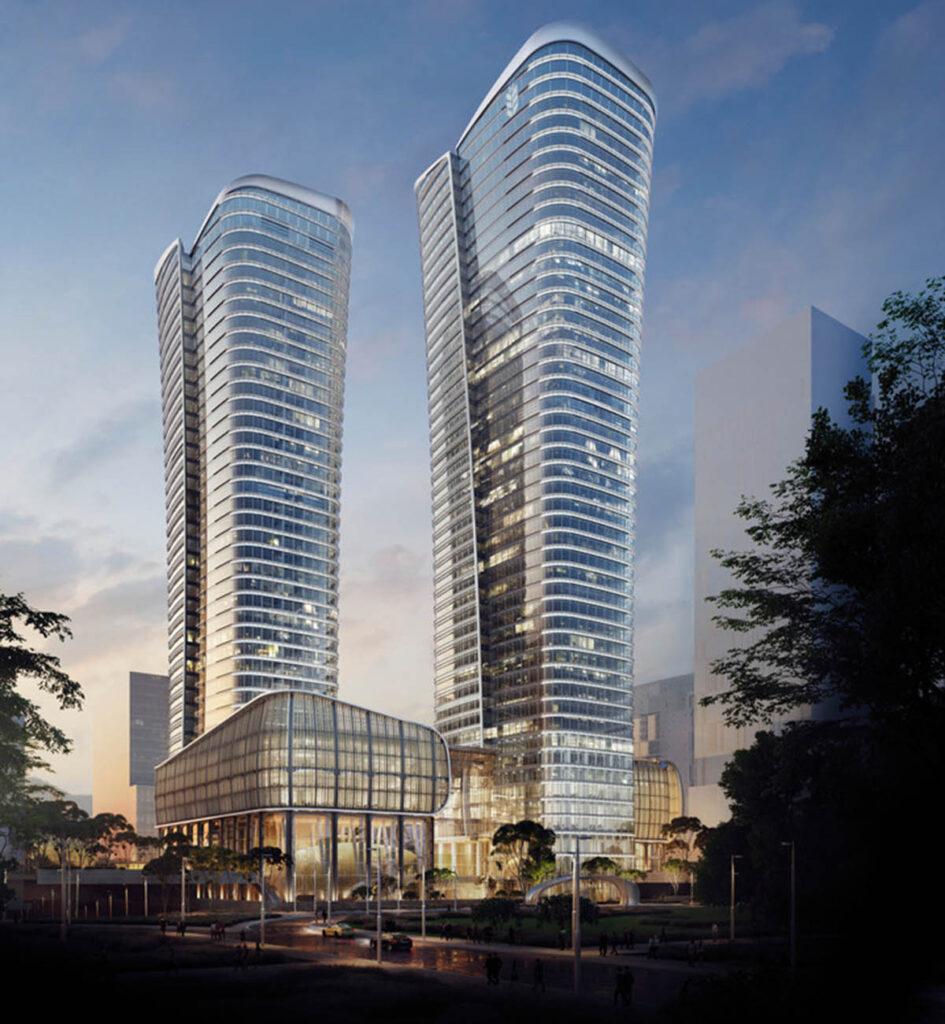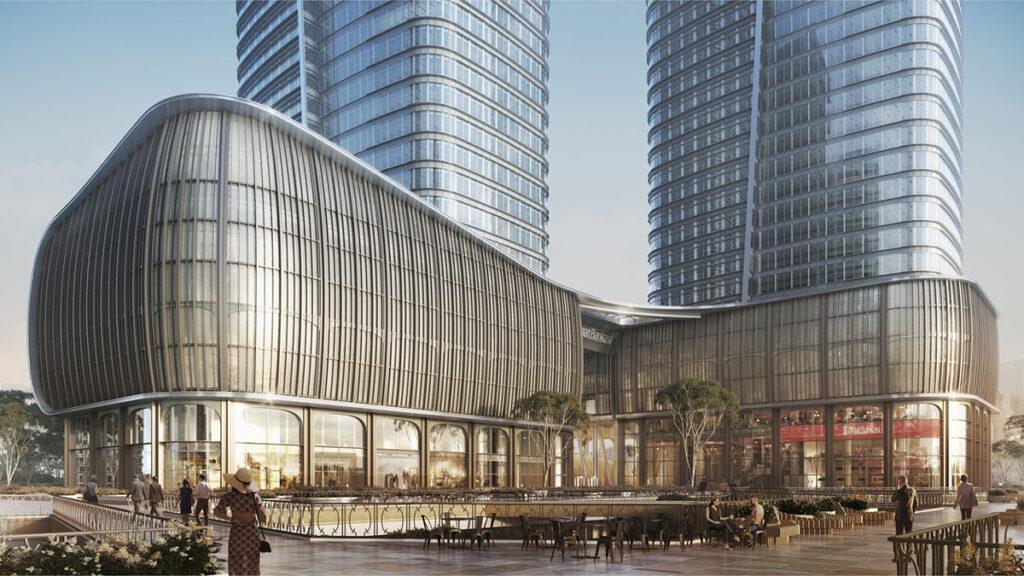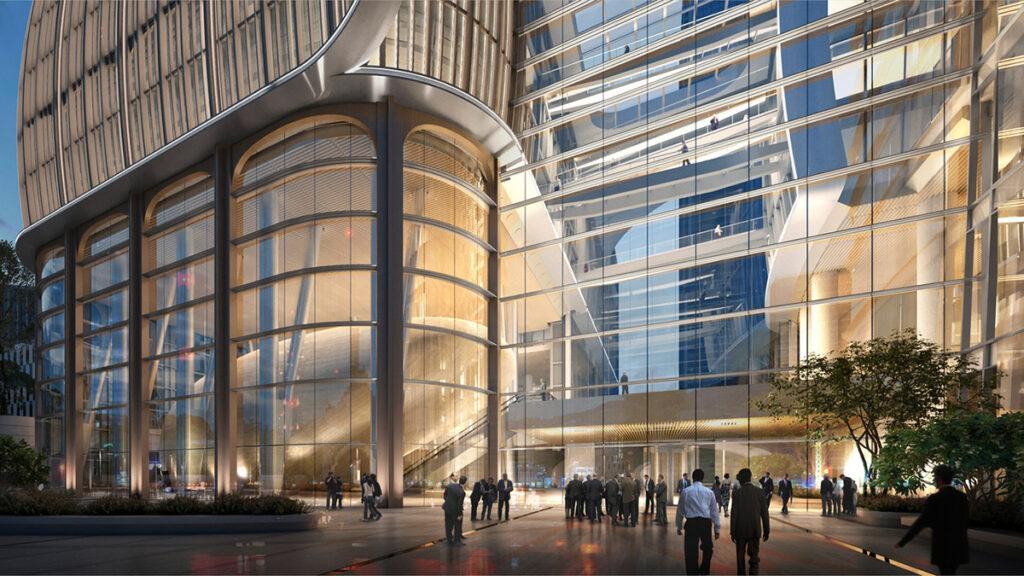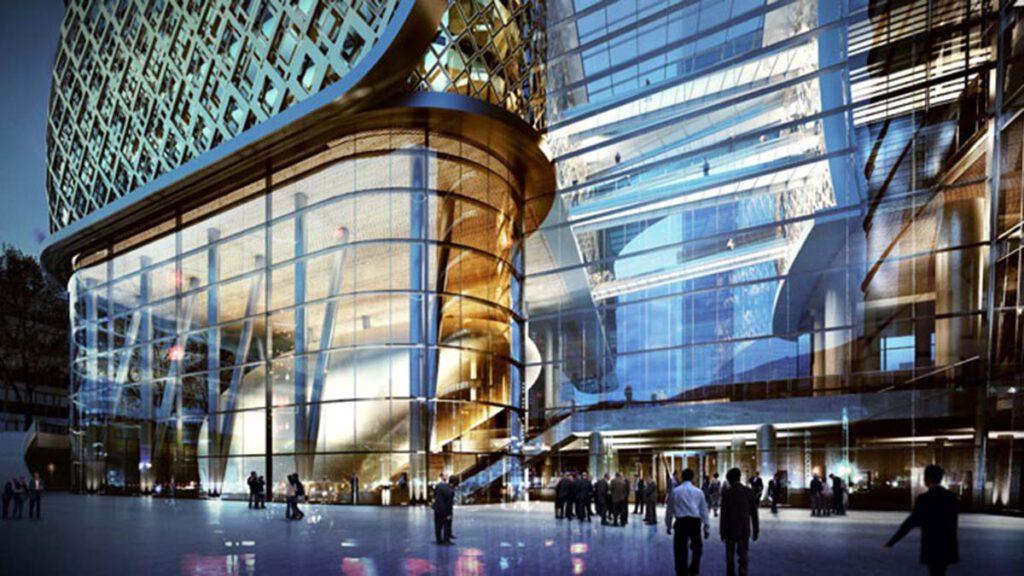Sealed by the sultan
In Istanbul the two spectacular towers for Ziraat Bank have grown high into the sky. While their shape is oriented on traditional calligraphy, the interior displays state-of-the-art technical features.
Elegantly curved lines. A few vertical markings. Rounded loops. Sweeping contours. They have an artistic look to them, these tughras. And no two are alike. There is an individual meaning behind every single little quill stroke: each of these ancient pieces of calligraphy contains the name and origin of a sultan. In the Ottoman Empire they were the equivalent of what developed into signets in western cultures: a ruler’s official signature.
Based on script
It is this form of valuable signature that developed back in the 11th century which now serves as the basis for a spectacular construction in the modern-day world: the new headquarters of Ziraat Bank in Istanbul. The architects at Kohn Pedersen Fox Associates (KPF) presented a design for the financial institution with two towers that borrow from this ancient monogram. Capturing Istanbul’s cultural heritage and the city’s historic architecture in a contemporary context is the official aim behind the design.
And this visual logic is actually recognizable, even for non-professionals: both buildings are conceived as separate structures. It is obvious that they represent the vertical lines found in a tughra. The towers grow out of an eight-storey atrium that unites the two buildings, with the gently curving shape of this podium serving as a distinct reference to the ancient calligraphy.
Ziraat Bank as new centrepiece
Even before it is opened to the public, it is clear that the two towers of Ziraat Bank will form the core of the Istanbul International Financial Centre (IIFF). This was the requirement that the architects were instructed to meet. Project manager Mustafa Chehabeddine at Kohn Pedersen Fox shares his pleasure in the design: “Ziraat Bank is an exemplar of contemporary design that is respectful to its context and the rich history of the country. We believe it will become a fitting centrepiece for the new Istanbul International Financial Centre.”
At the same time, he hurries to emphasize that the development phase did not focus exclusively on the look of the 320-metre towers. The building had to be impressive on the inside as well as the outside. In other words, special attention was paid to the environment in which people will work in future. The official explanation reads: “The office towers, which rise to 40 and 46 storeys, have been designed to support employee wellbeing.” Prayer rooms, naturally ventilated areas and planted balconies for relaxing breaks will be among the amenities on offer.
Variable room height relieves monotony
Double-height atria have been integrated between the individual storeys. The aim is to create varied working environments that promote social interaction across floors. Bridges connecting the two towers of the new Ziraat Bank headquarters are designed with a similar aim. “These create visual and physical links,” the architects say.
They also worked to prevent any of the workstations throughout the 350,000 m² offices from being affected by glare. Computer screens and sunlight definitely do not mix. Using louvres of various sizes throughout the entire facade, this effect has been avoided, and overheating due to the sun’s rays has also been prevented. According to the developers, further technical innovations with spectacular details are planned.
And so it is quite clear: the architects who designed these curved towers want to do the same as Ziraat Bank: to leave their mark on the city of Istanbul. Or more precisely – their tughra.
Text: Johannes Stühlinger
Translation: Rosemary Bridger-Lippe
Images: Tom Spall
